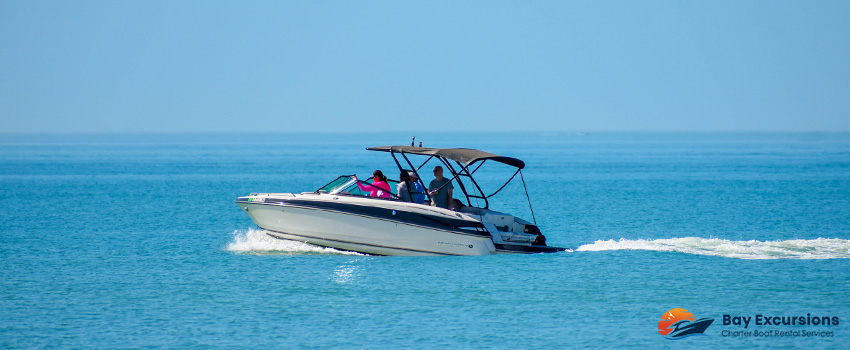Rough seas and harsh weather don’t mix — especially when you’re on a boat.
The waves can be calm one minute and stormy the next. Knowing what to do when this happens during your boat ride will save you from unnecessary bouts of panic.
Aside from motion sickness, the more pressing concern is how to be safe when caught in a not-so-ideal boating emergency.
Take these tips to heart, and avoid getting caught in the eye of the storm.
Tips on How To Handle Waves in a Boat
1. Check the weather before going out.
This goes without saying.
Even a novice boater knows to check the weather before setting foot on a boat. The wind conditions and cloud formations will tell you a lot (if you know how to read them); the wind knots are excellent indicators of how threatening the swells will be and whether you’ll experience whitecaps.
Some mobile applications and websites can also send weather alerts.
Besides your smartphone, an old-school local transmitter radio will come in handy as they’re more reliable and designed to survive rough sea conditions.
2. Have an emergency kit, and fill up the fuel tank.
Always check your boat’s fuel tank. The last thing you want is to run out of fuel in the middle of nowhere. An emergency kit will save you when push comes to shove.
Here are some essentials to have:
- Marine VHF Radio: This will allow you to send distress signals so the Coast Guard can rescue you.
- Bailer Bucket: This will come in handy when water starts flooding your boat.
- Anchor: This will keep you safe and secure from shallow waters and rocks.
3. Don’t forget the PFDs and foul weather gear.
A US Coast Guard-approved PFD will save you from dire circumstances. When massive waves are crashing into the side of your boat, it’s dangerously easy to lose balance. Having the passengers sit on the lowest center part of the boat will prevent them from going overboard.
Strong wind, rain, and seawater will make anyone tremble, so having the appropriate weather gear will save them from hypothermia. Ponchos, hooded raincoats, and quick-drying clothes are fantastic investments.
4. Take it slow, and turn on your navigational lights.
Sail carefully and maintain your speed. Adjusting your course by 45 degrees will save you from the wrath of swells; it doesn’t matter if it takes you further away from your destination — it’s the safest thing to do.
Ask others on board to be on the lookout for debris or other vessels. Torrential rains and fog will reduce your and other boaters’ visibility, so keeping an eye out and activating your navigational lights will prevent boating disasters from happening.
5. Stick to the safer routes.
If you have a way to monitor a Doppler radar or have someone on the VHF radio with you, ask if there are safer routes you can take. If you see bridges, coves, or nearby docks, take shelter and let the storm pass.
Many boaters make the mistake of not taking shelter, believing that they’re immune to lightning strikes. While the chances are slim, it’s still better to be safe than sorry. Braving the middle of the sea is more dangerous than it’s worth.
6. Disconnect all electrical equipment.
If the weather comes with a lightning storm, don’t panic. Disconnect all electrical equipment and devices. Keep your hands to yourself, and don’t come into contact with anything conductive.
7. Let the storm die down.
Sometimes, your efforts may not be enough. If you can no longer run with or escape the swells, your best bet is to let the storm pass. You can guide the bow into the wind and swells to keep your boat and passengers from being thrown around.
If you’ve used much of the fuel earlier, you may need to heave and drop your anchor. This will help conserve energy, so you can return to the dock when the storm has passed.
8. Take a boating safety course and learn boat handling basics.
If you’ve already taken one, it won’t hurt to have another serve as a refresher course to sharpen your maneuvering skills when you find yourself in the middle of another shaky boat ride.
Now that you know what to do in such circumstances, you’ll be more confident when venturing out. Bay Excursions offers affordable bowrider boat rentals, with rates ranging from 299 to 799 dollars. You can choose from our two-, four-, six-, and eight-hour packages.
Book With Bay Excursions Today!
We’re your partner when it comes to thrilling boat ride adventures.
Reserve a boat with us for an unforgettable John’s Pass, FL, boat tour. We can’t wait to have you with us!






